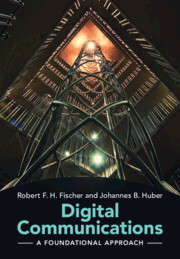Small seabird species are often threatened by predation from invasive species at their breeding colonies and considerable efforts are invested into mitigating this threat. However, invasive predators may not be the only onshore threat affecting small seabird species. The South Georgia Diving-petrel Pelecanoides georgicus (SGDP) is a small seabird species, considered ‘Nationally Critical’ in New Zealand. Our objective was to identify terrestrial threats to the species at their sole remaining breeding colony in New Zealand, Codfish Island (Whenua Hou), following the successful eradication of invasive predators. To achieve our objective, we assessed the influence of five physical, three competition/attraction and three plant variables on SGDP nest site selection with generalised linear models (GLMs) and compared models using an information theoretic approach. Models including the distance to sea, slope, aspect, and sand flux outperformed other models and showed selection for steep seaward-facing foredunes with mobile soils. No invasive plant and competition/attraction variables were included in the best performing models. These results suggest that, due to the proximity of their preferred nesting habitat to the springtide line and the overall fragility of the foredunes, SGDPs on Codfish Island are extremely vulnerable to stochastic events and catastrophes, such as storms and storm surges. Eradication efforts directed at invasive predators on Codfish Island appear thus insufficient to safeguard this SGDP colony, necessitating further conservation strategies to secure the continued survival of this population.




